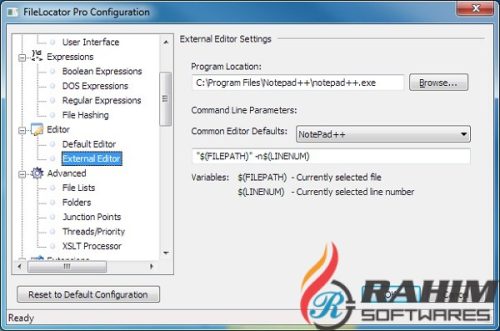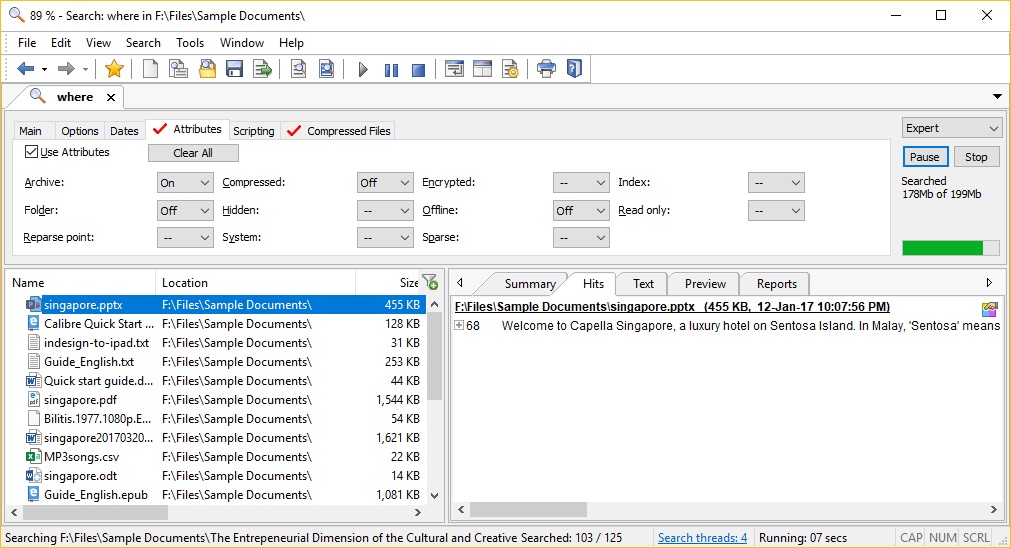
Add to that the ability to include subfolders, a handy scan mode, and more, and you have everything an advanced computer user needs. The multiple tabs allow you to search for a variety of different things at one time, each with their own filters – In the grand scheme of things, this feature alone can save you a ton of time and headache. For those users, there’s FileLocator Pro – It comes equipped with a bunch of customization options so that you can filter to suit your unique needs and even offers multilingual support. The file located that comes equipped with your Windows system is perfectly fine for the average user, but more advanced computer users are sometimes left wanting a little something more. But the limitations above will keep it from getting a 5 out of me for as long as they continue to exist.Find any file or folder on your computer quickly and efficiently with some help from this handy tool

The main reason I use FLP is for its very-useful "contents view" feature. Alt+N to go to the "File name" text box Alt+C to go to the "Containing text" text box, etc.) don't work at all when the file list has focus, hopefully my points begin to sink in. When you throw in the fact that FLP's built-in accelerator keys (i.e. Again, this runs counter to any decent file finder or Explorer replacement, not to mention Explorer itself.

This also means, of course, that FLP can't work with any shell extensions making use of DragDropHandlers registration.īut zridling's Alt+Enter suggestion led me to a new FLP discovery (read: annoyance/limitation): Alt+Enter does bring up a file's Properties dialog, but Alt+DoubleClick simply runs the file.

FileLocator Pro 3.0 still only lets you drag-and-drop with the left mouse button (to perform a copy), but not at all with the right mouse button (to do. The PowerDesk Pro applet also supports full drag-and-drop. I don't expect it to be a full-fledged renaming utility but even PowerDesk Pro's "File Finder" applet supports F2 renaming (which, come on now, is the de-facto standard for renaming a file in Windows).


 0 kommentar(er)
0 kommentar(er)
